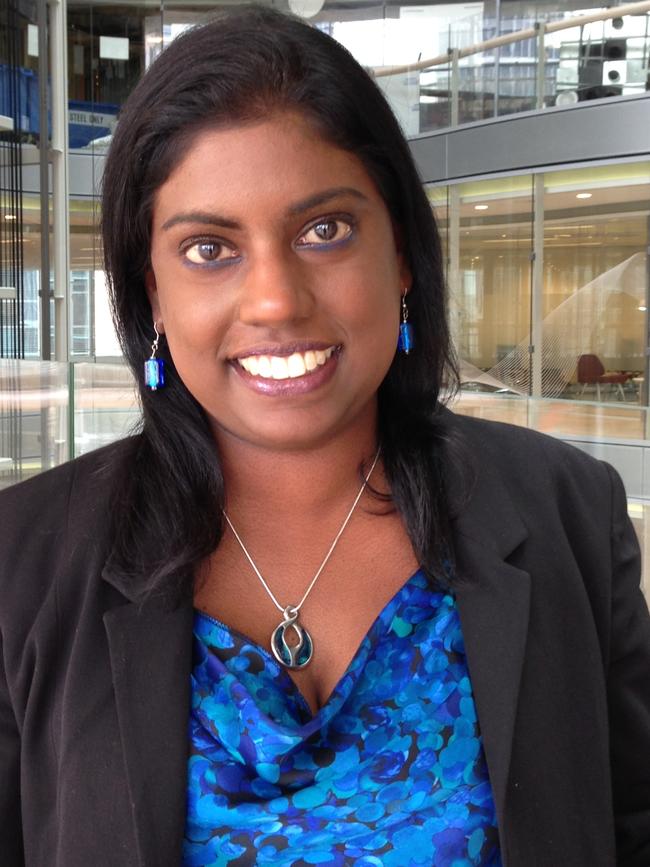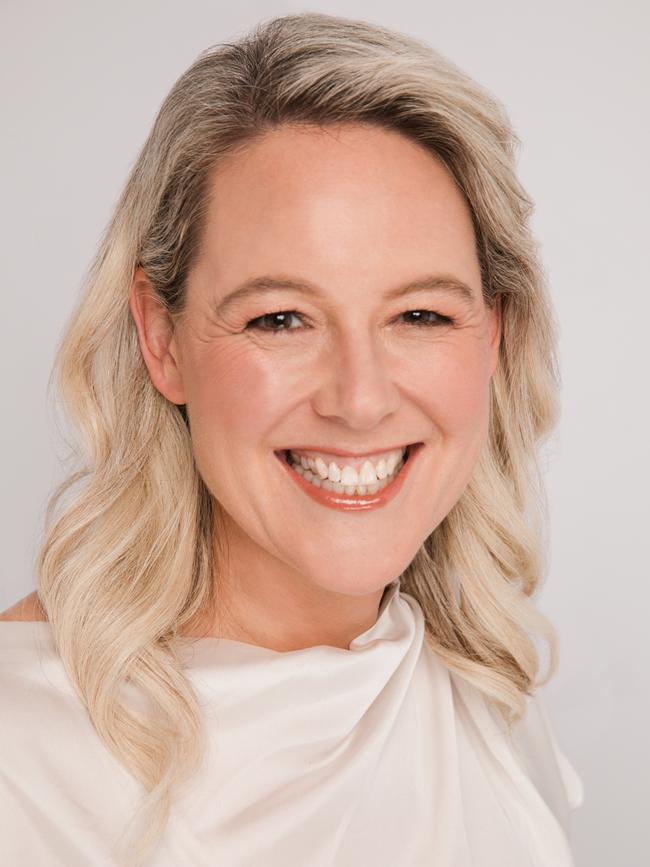Malini Raj reveals how she battled for 20 years until she was diagnosed with Cushing’s disease
For over 20 years, Malini Raj was trapped in a cycle of medical appointments, vague diagnoses, and escalating symptoms — until one day she discovered she had a rare disease.
Illness
Don't miss out on the headlines from Illness. Followed categories will be added to My News.
Living with a rare disease is akin to wandering through an uncharted labyrinth.
It’s been going on for me for around 75 per cent of my life.
My journey with Cushing’s disease has been one marked by relentless physical challenges, emotional turmoil, and staggering financial strain.
It’s a narrative not often heard, buried under the more “high-profile” diseases that dominate public consciousness and government funding.
For over 20 years, I was trapped in a cycle of medical appointments, vague diagnoses, and escalating symptoms. The ironic thing is, while Cushing’s disease is classified as a rare disease, it is more common than we think.
Hollywood actor Amy Schumer has the disease as well – but one in 1000 NSW residents are likely to be diagnosed with the pituitary tumour, making it a relatively common disease which warrants funding and support by government.
Yet, each person’s journey is unique, marked by different symptoms, treatments, and struggles. The healthcare system, strained by recent challenges, often fails those with rare diseases. Frontline medical professionals, with limited education on rare conditions, are ill-equipped to recognise and diagnose them.

This lack of awareness leads to prolonged suffering and marginalisation of patients.
The journey to diagnosis for rare diseases is not as structured and linear as for more recognised illnesses like cancer.
Conversations about critical aspects of life, such as fertility and future planning, are often neglected, leading to further trauma, regret and longing.
The quality of life for some pituitary patients is on par with sufferers of rheumatoid arthritis, or Parkinsons and other serious medical conditions. The disease (which takes a number of forms) has significant impact to quality of life.

I underwent two brain surgeries with prolonged periods in ICU where I contemplated my mortality.
The surgeries were transsphenoidal, going through the nose, so you can’t see a scar, making it sometimes hard to remember the gravity of the situation.
I don’t think I have a memory of when I wasn’t feeling unwell or when my week didn’t involve sitting in at least one doctor’s surgery or having at least one test.
The financial burden was overwhelming.
Rare diseases come with a hefty price tag – specialised medications, frequent doctor visits, and treatments not covered by insurance.

There is a glaring disparity in healthcare access. While some benefit from cutting-edge treatments and diagnostics, others struggle to be believed and properly treated.
The lack of government funding and public awareness exacerbates these challenges.
Rare diseases, despite their significant prevalence, remain overshadowed.
Yet, every person living with a rare condition has the right to dignified, well-informed, and appropriate healthcare.
The argument that the healthcare sector, already stretched thin, cannot afford to allocate resources to rare diseases fails to recognise the fundamental rights of these patients. Quality healthcare should not be a privilege of the few but a right for all.


After connecting with the Australian Pituitary Foundation, I sought a second opinion and finally received proper surgical intervention through being treated by a multidisciplinary team. This led to a significant reduction in cortisol levels and a temporary respite from my condition. However, the journey is ongoing, with regular monitoring and treatment adjustments necessary to manage flare-ups.
The entire experience has had a profound impact on my professional life (although I try and hide it), productivity, and personal aspirations and I don’t have the privilege of enjoying experiences that most women take for granted.
As a coping mechanism, I channelled my energy into being on the Board and Chairperson of the APF. This organisation provides valuable support and information for patients and their families living with pituitary conditions. I don’t want others to go through what I did. This journey has taught me that I have strength and resilience I never knew I had.

I didn’t find it voluntarily, but those with Cushing’s disease or chronic illnesses/conditions have no choice but to tap into that inner strength, persevere through life’s challenges, and take those curveballs head-on.
The Foundation’s logo is a dandelion, symbolising hope, which is precisely what pituitary patients need — a support network of people who understand the struggles they face.
My journey underscores the urgent need for a more equitable healthcare system, one that recognises and addresses the unique challenges of rare diseases. It is a call for empathy, understanding, and action, ensuring that no one is left to navigate the shadows of their illness alone.
It’s been a rollercoaster but one of those ones that does multiple loops and leaves you hanging upside down for extended periods of time.
It’s a journey that has reshaped me, tested my limits, and deepened my drive for advocacy but I try not to let it define me – many people who interact with me every day probably wouldn’t have a clue. It’s an invisible disease.
And while the road ahead for me remains uncertain, I am grateful for the support of organisations like the non-government funded Australian Pituitary Foundation and the unwavering dedication of medical professionals who continue to walk this path with me.
Malini Raj is a senior banking executive in Sydney.
To donate and for information, go to the Australian Pituitary Foundation.
Originally published as Malini Raj reveals how she battled for 20 years until she was diagnosed with Cushing’s disease


